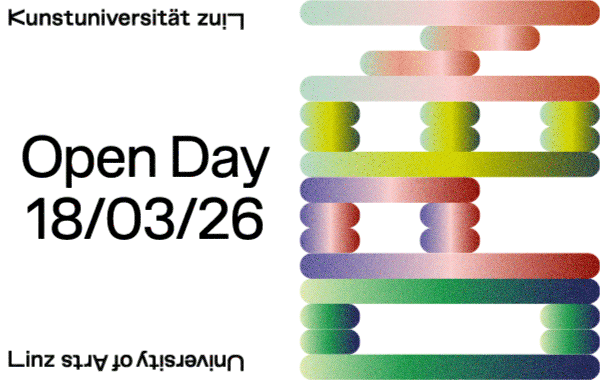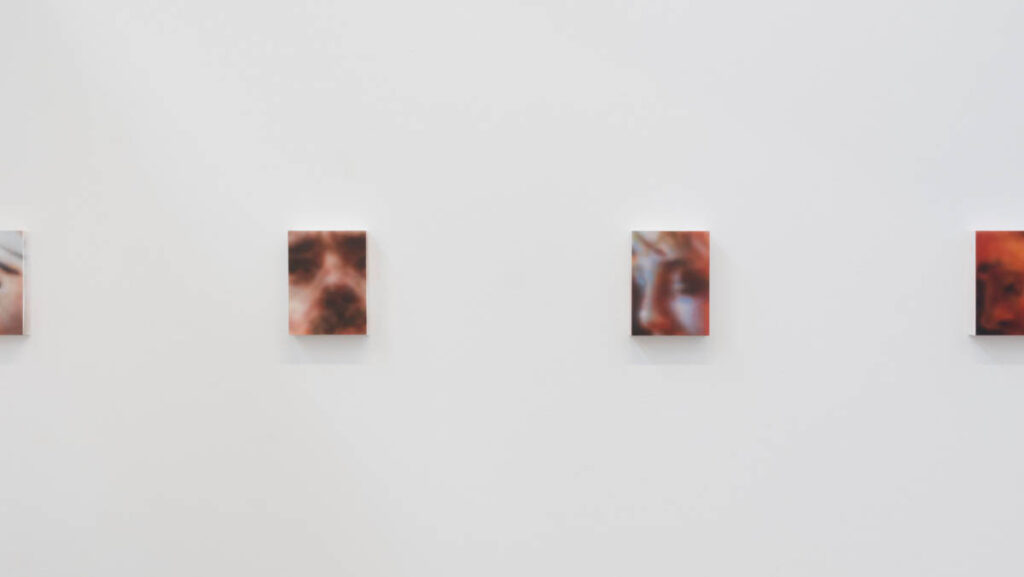
Winner of the Swiss Design Award (2017), her work resonates on an international stage, from the Chamber Gallery in New York City to Homo Faber in Venice (2024). Each piece bears the mark of heritage and invention, iron reborn as vision.
How did you get into blacksmithing? What drew you to this demanding form of expression?
In 2016, while searching for the village saddler for a collaboration with Vacheron Constantin, I stumbled instead into a forge in Chexbres. Inside, blacksmith Philippe Naegele was sharing an apéro. The forge, dating back to 1906, struck me instantly, its atmosphere, its presence. I asked if I could return to watch him work. I did, and what I saw drew me in. My curiosity for metal was already there; my father had run a foundry, so soon I asked if I might try.
Friday after Friday, I came back, offering my help freely, learning by watching every gesture, every spark, every strike. Over time, this quiet apprenticeship became something larger. With the support of the Leenaards Foundation, I was able to train more deeply with Philippe and, when he retired in 2020, to take over his workshop.

It was not so much a choice as a calling: the fire, the craft, the intensity of the forge seized me. I found myself captivated by its rhythm, the smell and roar of the flames, the absolute concentration, the precision of the hand, the way metal shifts from raw weight to glowing color, becoming form through the full effort of the body.
You studied industrial design at ECAL in Lausanne. How does this background influence your work as a blacksmith?
ECAL gave me a formidable toolbox: rigorous research, conceptual thinking, managing high-stakes projects for international brands, a pursuit of perfection, and technical fluency in 3D modeling, photography, and vector drawing, all under the pressure of strict deadlines. These skills shape my work, not so much in its appearance as in its depth.
When clients approach me, it’s often with a blank page. They trust me to imagine, design, and think the project from the ground up, not merely execute plans drawn by architects or other designers.

But my personal work lives elsewhere. I’ve deliberately stepped away from the „ECAL style“—the precise Swiss design. Inside me, life was bubbling, restless. I wanted to create worlds in dialogue with nature: abundant, experimental, overflowing with vitality. It is here, in this space between discipline and imagination, that my personal work truly comes alive.
Forge + Design! What do these words mean to you?
For me, ideally, design and forging converge in what could be called „artisanal craft,“ perhaps in the spirit of William Morris and the pre-industrial era, when design, creation, and thought were embodied in the same person who brought the idea to life. Yet today, the term „artisanal craft“ often evokes a romanticized vision of ancestral trades. My approach, combining forge and design, seeks instead to unite technique and creativity in a way that is fully contemporary, not nostalgic.

What does a typical day in your studio look like?
My day begins on two wheels: cycling from home to the train, then from the station to the forge. These rides are my quiet ritual; body and mind waking together, a book in hand on the train, thoughts stirring with the motion. Arriving, I brew coffee, switch on the radio, and sketch the day ahead.
The forge might call first: fire, hammer, metal, drawing, repoussé. Or I’m off to meet clients, deliver finished pieces, or take works to the painter. Midday offers a pause: an hour to read, to eat, during summer on my terrace at the forest’s edge.
The day ends as it began: train and bike home, carrying with me the rhythm of hands at work, the scent of fire, the quiet intensity of creation. It is a day lived fully in movement, thought, and metal, where every gesture is part of the making.

I saw your work „Matrie“ at Vienna Design Week. Wow! Could you tell me more about „Matrie“? How did the idea come about?
These are the words to accompany the work:
Since the dawn of time, humans have tamed fire.
I descend from those who painted caves and forged nails.
I have inherited daily gestures, rhythms, and rituals.
I carry within me parents, and an infinite tree of unknown genes.
The craft of forging has just been added to Switzerland’s intangible heritage list,
my grandmother has just passed away, I have no child.
Matrie draws its structural inspiration from Mexican Trees of Life, where sculpted figures once told stories of genesis. The flora and fauna represented here are imbued with memories of my mother and grandmothers. From their deep bond with nature grows a tree, a spiritual haven, a space for reflection. The yellow zinc-plated finish evokes the divine with humility. It tarnishes, develops a patina, and loses its shine. Shown last summer at the Homo Faber Biennale in Venice, Matrie already bears the visible traces of a life lived.

Do you also organise workshops? What role does teaching others about art and technique play in your practice?
Two women are training under my guidance once a week. It is also possible to take introductory forging workshops from one hour to a day. Passing on this ancestral knowledge is especially important to me for people who are not men, for whom access to training in this field can still be difficult.
What projects are you currently working on, and when is your next exhibition scheduled?
In the workshop, I am currently restoring a 19th-century sign and designing and producing a funerary monument with complex and delicate forged motifs. In my personal practice, I am focusing on perfecting the technique of repoussé, a method I had already explored in Matrie and which I find particularly compelling for upcoming works now in production. My next exhibition will take place during the Swiss Castles Day on October 5, 2025, in Gruyères.
Bertille Laguet – www.bertillelaguet.ch, www.instagram.com/bertillelaguet/





